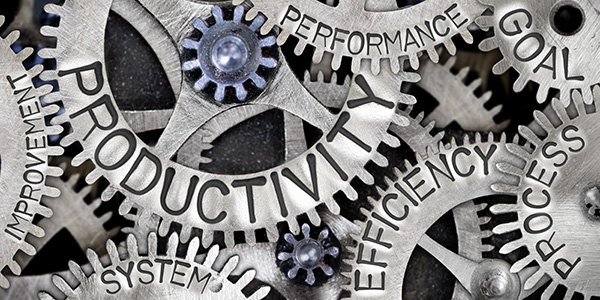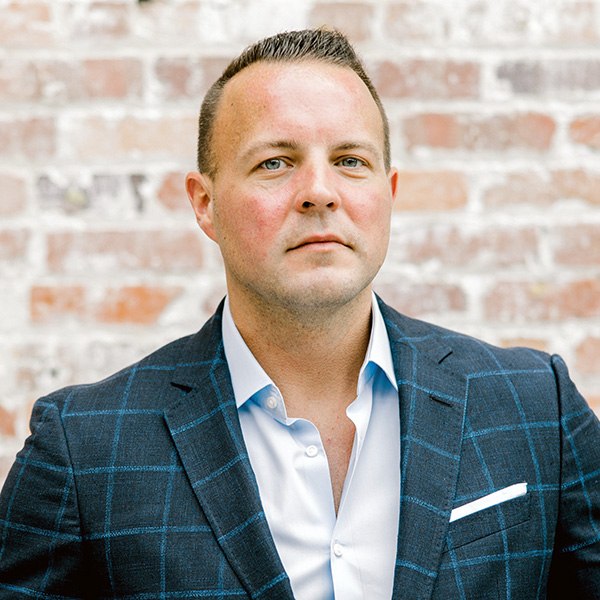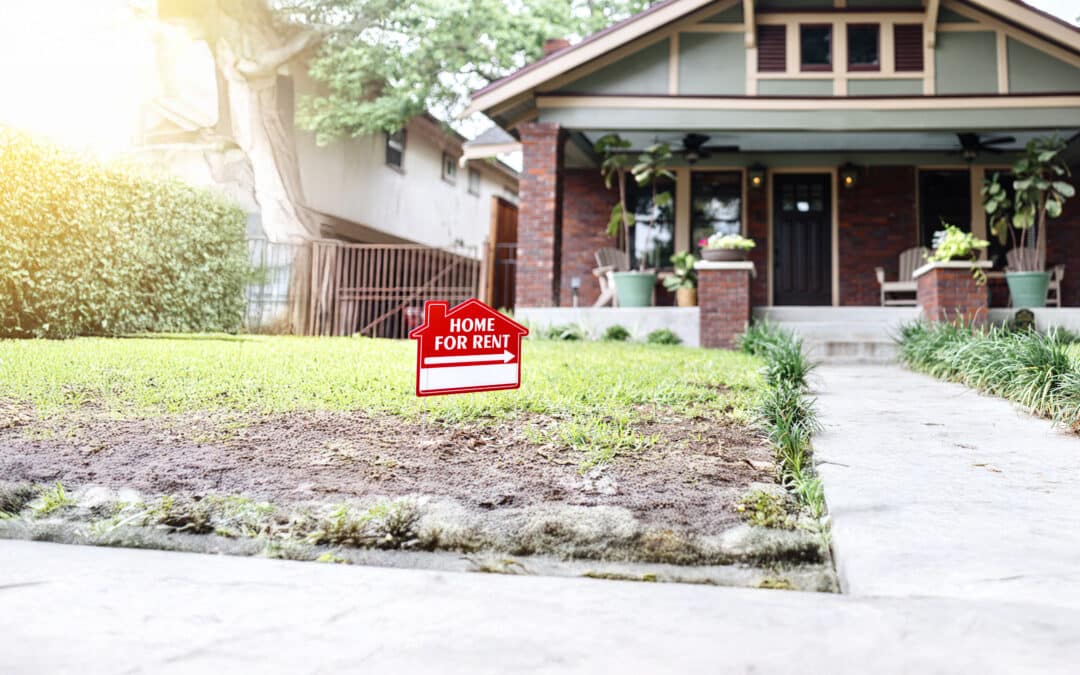For the past decade, I have been a student of business operations. I have led multiple businesses that use operational systems such as Six Sigma or Kaizen. I have seen many real estate businesses adopt a system called EOS or sometimes referred to as Traction. I believe that all of these systems have commonalities, and most of them are only as successful as the leaders’ ability to implement, but often there is one major concern that operators miss, which can lead to an operationally sound company to go out of business or suffer greatly.
The 90-day Model
Every business, small or large, should have a health check every quarter with a realignment of goals and kpi’s. As I have operated certain companies, I have been willing to forgo efficiency for growth. There is a big difference between productivity and efficiency. Productivity is doing more with the same; whereas, efficiency is doing more with less.
If the company is growing, putting too much emphasis on efficiency can stifle growth and miss major windows of opportunity. However, just the opposite is true when a company is in decline. When a company falls into decline it is time to gently take our foot off of the gas and look directly at our expenses and efficiency. Here is where I see some of the most detrimental activity in our industry. For the sake of growth, I have watched many operators in a state of decline push the gas pedal so to speak even harder, causing an accelerated decent, and ultimately failure.
Three Positions of a Business
As you operate your business, first look at each quarter to see if your business is climbing, flat, or declining. Based on the trajectory of your business, then focus accordingly.
If it is climbing, look for more opportunity to spend and increase. Look for opportunities to increase productivity. I call this the optimum sales period. Your innovation focus should be that of creating increase and generating more customers or profit.
If the business is in decline, then it is time to cut unnecessary expenses, focus on costs, and innovate for the purpose of efficiency. Remember the difference between productivity and efficiency.
If you are in a flat period, be introspective and determine if the stagnant stage is related to your company or product. Secondly, look at current market conditions to see if that is playing a role.
No matter what position you are in, your business systems are of utmost importance; however, you can decide if it is time to press the gas, press the brake, or coast.
























0 Comments